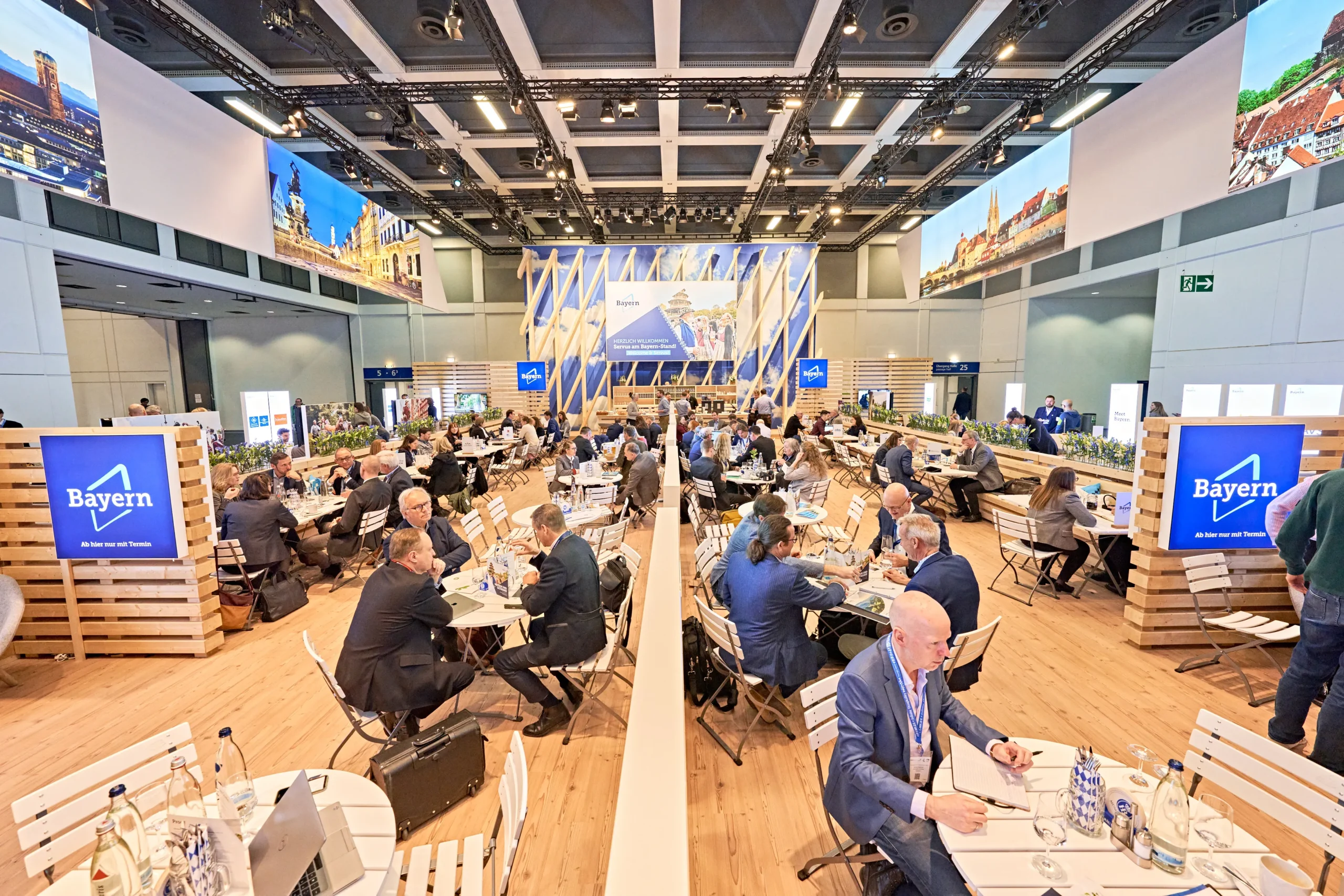Traditional Roles of Trade Fairs
In the past, trade fairs served as a platform where manufacturers could meet potential buyers. Event organizers provided exhibition space, booth-building companies created physical displays, and manufacturers showcased their products. The success of such events depended on the number of visitors, which translated into profits for both exhibitors and organizers. Trade fairs were places of intense interactions, knowledge exchange, and relationship-building.
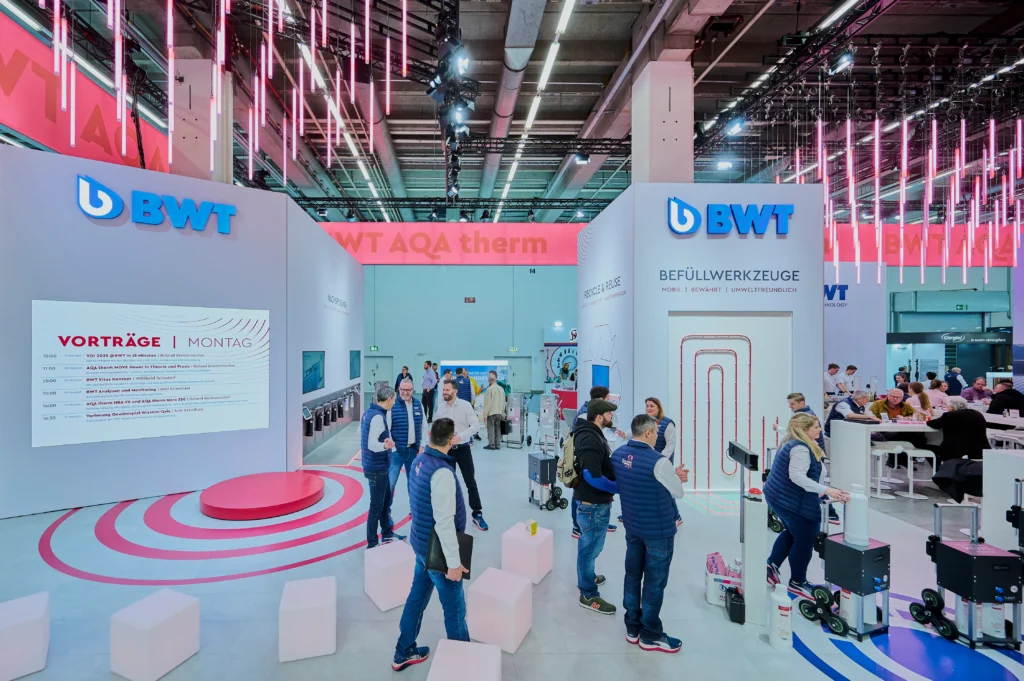
Changes in the Trade Fair Industry
The most significant change affecting the trade fair industry has been the global spread of the Internet. Numerous online platforms began competing with the traditional form of trade fairs, which had previously been the primary place of communication between suppliers and buyers.
A new field has emerged—online marketing, which allows entrepreneurs to reach a broad audience without the need for a physical presence at trade fairs.
The COVID-19 pandemic significantly accelerated this process, forcing organizers to seek alternative forms of presentation. Additionally, the post-pandemic inflation spike increased the costs associated with organizing traditional fairs, such as travel, accommodation, and booth construction. These factors pushed companies to look for more cost-effective solutions. Media presentation techniques became more advanced, and the drive for sustainability limited the need for physical exhibits in favor of virtual presentations.
The Post-Pandemic Period: Are Trade Fairs Still Needed?
The pandemic shook our entire reality, including the trade fair world. It seemed that remote work would permanently replace the office, and trade fairs would be replaced by virtual product presentations. However, that did not happen. Our human nature prevailed—the desire for face-to-face meetings, building business relationships based on personal interaction and mutual trust, and experiencing the world with all our senses, not just through visual illusions. As a result, attempts to bring trade fairs fully online largely failed. After being confined by the pandemic, people longed for the freedom to experience the world in person. Trade fairs revived and returned, though in a somewhat modified form. Thanks to the Internet, they have vastly expanded their communication reach to an extent previously unimaginable.
The business model and financial management of companies are changing. Previously, funds were allocated primarily for renting exhibition space, booth design and installation, and logistics for goods and staff. Now, there’s a shift towards multimedia presentations, with fewer products or even just one, representing the company’s latest achievements, being exhibited at trade fairs.
The aspect of sustainability is becoming increasingly important. We have become aware of the impact we have on our planet and the negative consequences of civilization’s development on the environment. Trade fair organizers are placing more emphasis on eco-friendly solutions, such as waste reduction, the use of renewable materials, and efficient resource management.
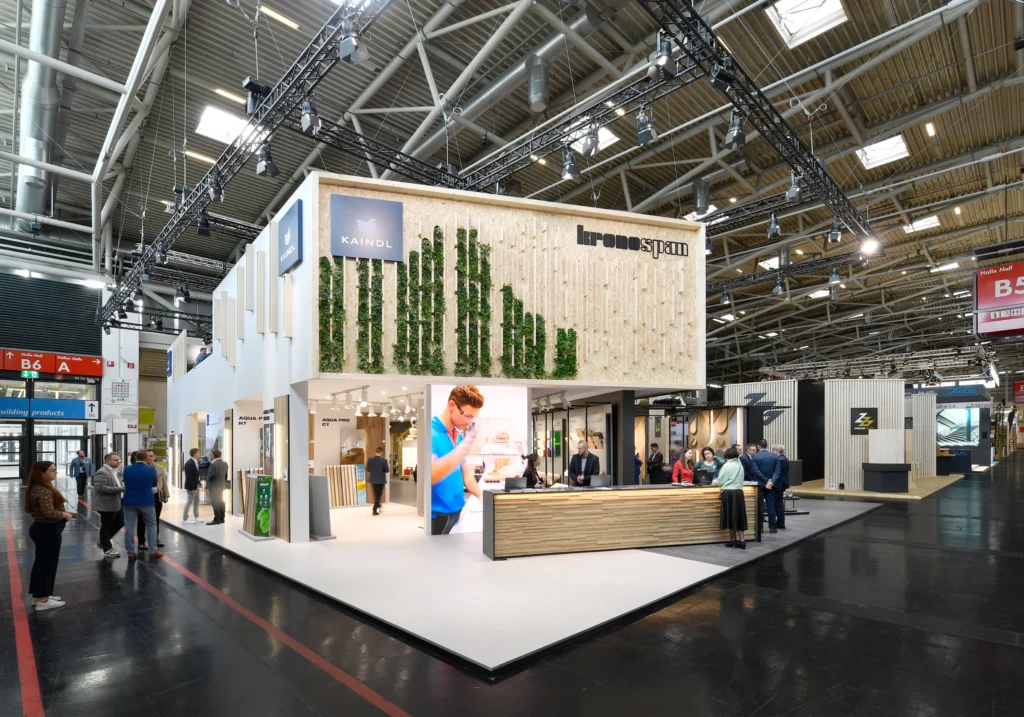
What’s Next? Future Prospects for the Trade Fair Industry
Without a doubt, the development of modern multimedia technologies and AI will have a significant impact on the direction of the trade fair industry. There is a noticeable trend towards reducing the space rented at trade fairs. Thanks to multimedia, it is possible to present large-scale products without the need for their physical presence at the event.
An example of these changes is the DRUPA 2024 trade fair (paper, printing, and printing machinery), where the largest German exhibitor reduced its exhibition space from two halls to one while introducing virtual tools to showcase its products. Similarly, industrial fairs in Hanover reduced their exhibition space, focusing on multimedia presentations.
Different industries will evolve at different rates and in different directions. Consumer fairs (B2C), such as CARAVAN (boats, camping), will continue to attract a lot of interest due to the ability for visitors to physically experience the products.
To meet new challenges, trade fair organizers must move toward creating events, not just product displays, in order to stand out from online sales platforms.
One of AI’s greatest advantages in the trade fair industry is its ability to personalize participants’ experiences by analyzing visitor preferences and tailoring brand communication accordingly. Through interactive presentations and advanced multimedia technology, it is possible to engage visitors in the exhibitors’ topics, leading to commercial success.
It’s important to remember that trade fairs play a crucial educational role. An example is specialist fairs (B2B), such as MEDICA (the most important trade fair in the medical industry), which combine traditional exhibitions with educational congresses, often featuring leading figures from the medical world as lecturers. This way, these trade fairs maintain their value to the medical industry, continuing to evolve and remain leaders in their field.
AI’s Role in Shaping the Trade Fair Industry
From June 18-22, 2024, in Malaga, Spain, the IFES (International Federation of Exhibition & Event Services) summit took place under the theme “Sailing the Seas of Innovation,” emphasizing the role of AI and other modern technologies in transforming the exhibition and event services industry.
Through numerous lectures and workshops, the summit highlighted how AI can revolutionize live events, enhancing both planning and execution phases. AI’s ability to quickly and accurately process vast amounts of data enables more personalized and engaging experiences for participants. With the use of cutting-edge technology, the trade fair industry can positively impact audiences’ emotions, ensuring memorable experiences in the real world.
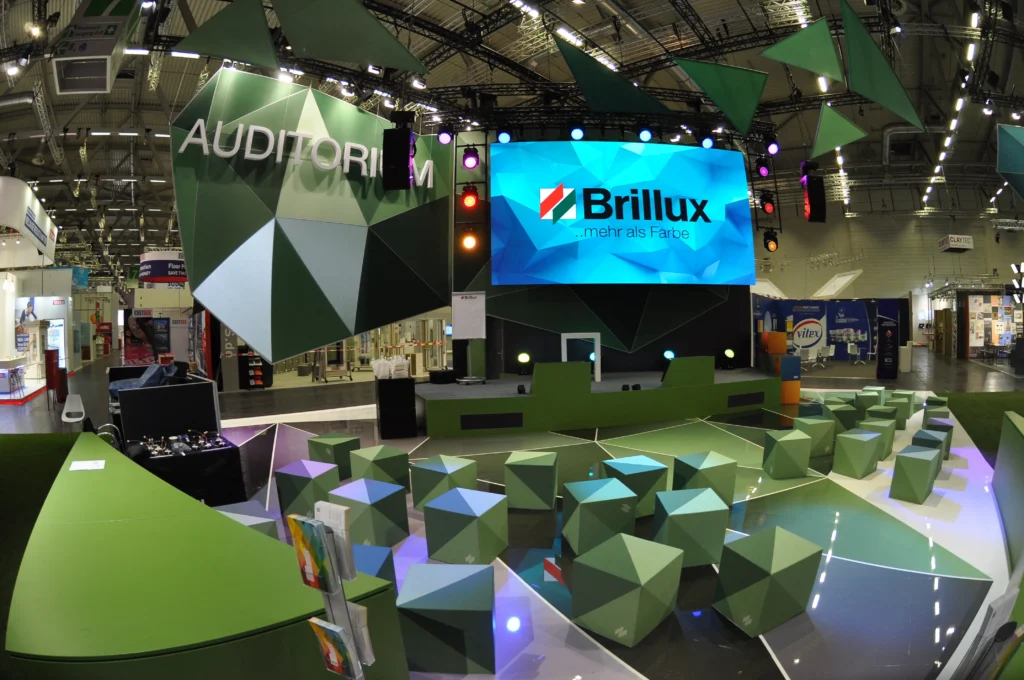
Necessary Actions
To adapt to this new, constantly changing reality, all stakeholders in the trade fair market must collaborate. Industry representatives, trade fair organizers, booth-building companies, media firms, hotels, and agencies supporting economic development should work together to create forward-thinking strategies for the meetings industry.
Although evolving, the trade fair industry still plays a crucial role in connecting manufacturers with customers. Multimedia and AI are transforming how trade fairs are organized and attended, offering new opportunities for interaction and presentation. Collaborative efforts from all stakeholders are essential to adapt to these changes and ensure future success.
It’s also important to remember that the trade fair industry is not the only sector undergoing a revolution; all sectors of the economy are affected. The central character of these events—the human being—is also changing. New generations are growing up in a computerized world, navigating virtual realities from preschool age, seamlessly switching between Facebook, Instagram, and TikTok, and professionally existing on LinkedIn.
The trade fair industry cannot lag behind and become a stagnant dinosaur. Instead, it must transform into a pioneer of global digitalization and digitization. Thanks to AI, trade fairs are becoming more efficient, personalized, and innovative, leading to better experiences for both exhibitors and visitors. As technology continues to evolve, we can expect further revolutionary changes that will reshape the face of exhibitions, always aimed at building human relationships.
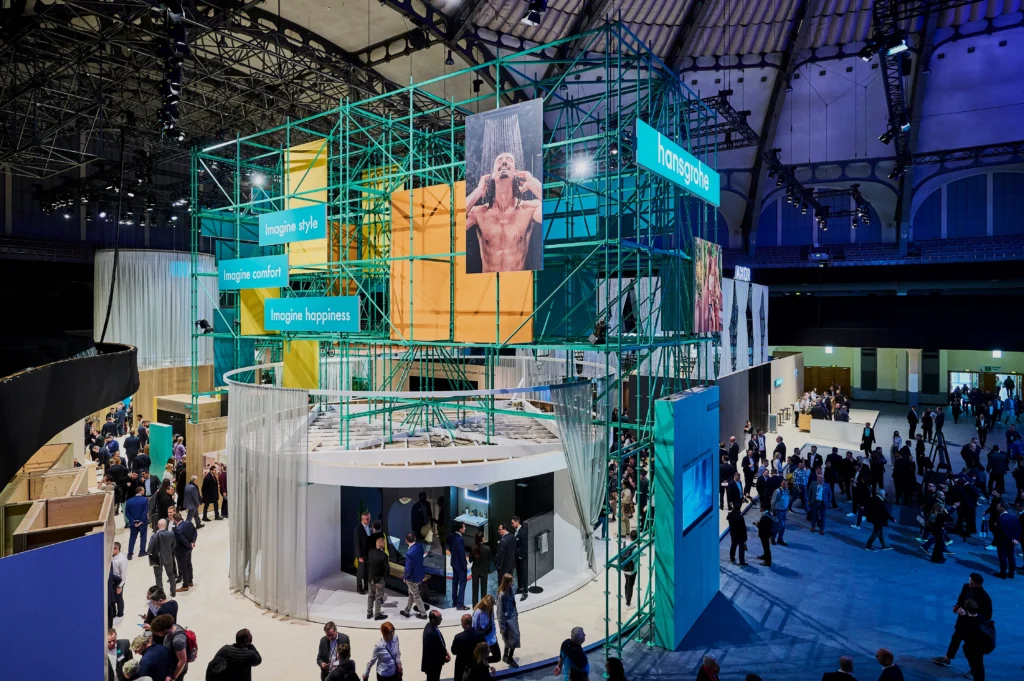
Article in collaboration with:
Michael Terwint CEO BTL Veranstaltungtechnik GmbH Düsseldorf
Mateusz Meliński CEO BTL Poznań – Systemy Medialne Sp. z o.o.
Andrzej Meliński CEO Meliński Minuth Sp. z o. o.
Materials sourced from the World Summit IFES 2024
Images courtesy of BTL next GmbH Düsseldorf
